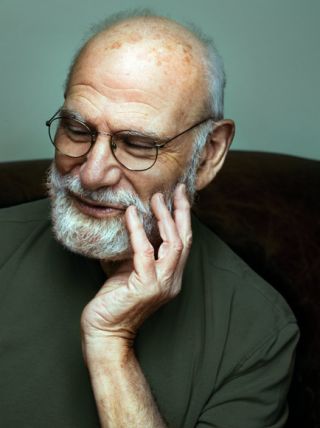Emotions
Can You Control Your Emotions?
New research reveals “encapsulated processes” in emotion.
Updated January 29, 2024 Reviewed by Devon Frye
Key points
- The notion of "encapsulation" is usually discussed within the realm of perception.
- An encapsulated process is one that cannot be controlled voluntarily.
- New research is applying the notion of encapsulation to emotional processing.
- Researchers are trying to identify which aspects of emotion are encapsulated and which aspects are not.
As the day goes by, one is conscious of many things: the smell of coffee, a yellow afterimage, a spontaneous memory, ringing in the ears after wearing headphones, etc.
Most of these conscious experiences “just happen” to us. We have no choice in experiencing them. They occur when they want, how they want, not how we want. For example, the rectangular afterimage I experienced last night after looking at my phone to set the alarm, occurred whether I wanted it to occur or not. Conscious experiences that cannot be influenced directly by voluntary processes are said to be “encapsulated,” meaning that they are protected from one’s will or even higher-order knowledge (see discussion in Morsella et al., 2016).

Perceptual illusions are said to be encapsulated because knowledge of the true nature of the perceptual stimulus cannot affect (e.g., turn off) the illusion. This is the case with the Müller-Lyer illusion (see figure, left). Even though one knows that the two horizontal lines are the same length, one cannot help but perceive them as different in length.

The great Oliver Sacks (2012) refers to encapsulated conscious experiences, such as hallucinations, as “autonomous,” because one cannot voluntarily influence their nature or occurrence. The insuppressible aspects of nausea, pain, and visual illusions exemplify this form of autonomy. Regarding the hallucinations experienced in Charles Bonnett syndrome, Sacks (2012) concludes, “They happen to you, autonomously—they appear and disappear when they please, not when you please” (p. x).
The notion of encapsulation is consistent with a recurring idea in the history of psychology—that one is aware of the outputs of mental operations but not of the operations themselves. Theorists such as Helmholtz, Lashley, George Miller, and Roger Shepard espoused this view.
Most theorists, including me, discuss encapsulation within the context of perception. An exciting new theoretical development is the application of the notion of encapsulation to the realm of emotional processing. This was carried out painstakingly by Matsumoto and Wilson (2023). (Prof. David Matsumoto is a professor of psychology at San Francisco State University, which is my institution.)
It is clear that emotional experiences often “just happen” to one. William James famously discussed watching a child begin to cry after a loud train whizzed by. James concluded that the child was crying more about his reaction to the train, which was an unexpected bodily and emotional reaction, than by the train itself.
We can all think of experiences when emotions overtook us, out of nowhere. But pointing out exactly which aspects of emotional processing are encapsulated and which are not is a more challenging task (one for an emotion researcher), and this is exactly what these emotion theorists set out to do in this new paper.
Interestingly, the theorists conclude that some aspects of emotional processing are encapsulated while others are not. This knowledge has implications for clinical interventions and for the study of how one can regulate one's emotions voluntarily (e.g., covering one's ears when a train is approaching; Sheppes et al., 2015).
References
Sacks, O. (2012). Hallucinations. New York: Alfred A. Knopf.
Morsella, E., Godwin, C. A., Jantz, T. K., Krieger, S. C., & Gazzaley, A. (2016). Homing in on consciousness in the nervous system: An action-based synthesis. Behavioral and Brain Sciences [Target Article], 39, 1-17.
Sheppes, G., Suri, G., Gross, J. J. (2015). Emotion regulation and psychopathology. Annual Review of Clinical Psychology. 2015;11:379-405. doi: 10.1146/annurev-clinpsy-032814-112739. Epub 2015 Jan 2. PMID: 25581242.


